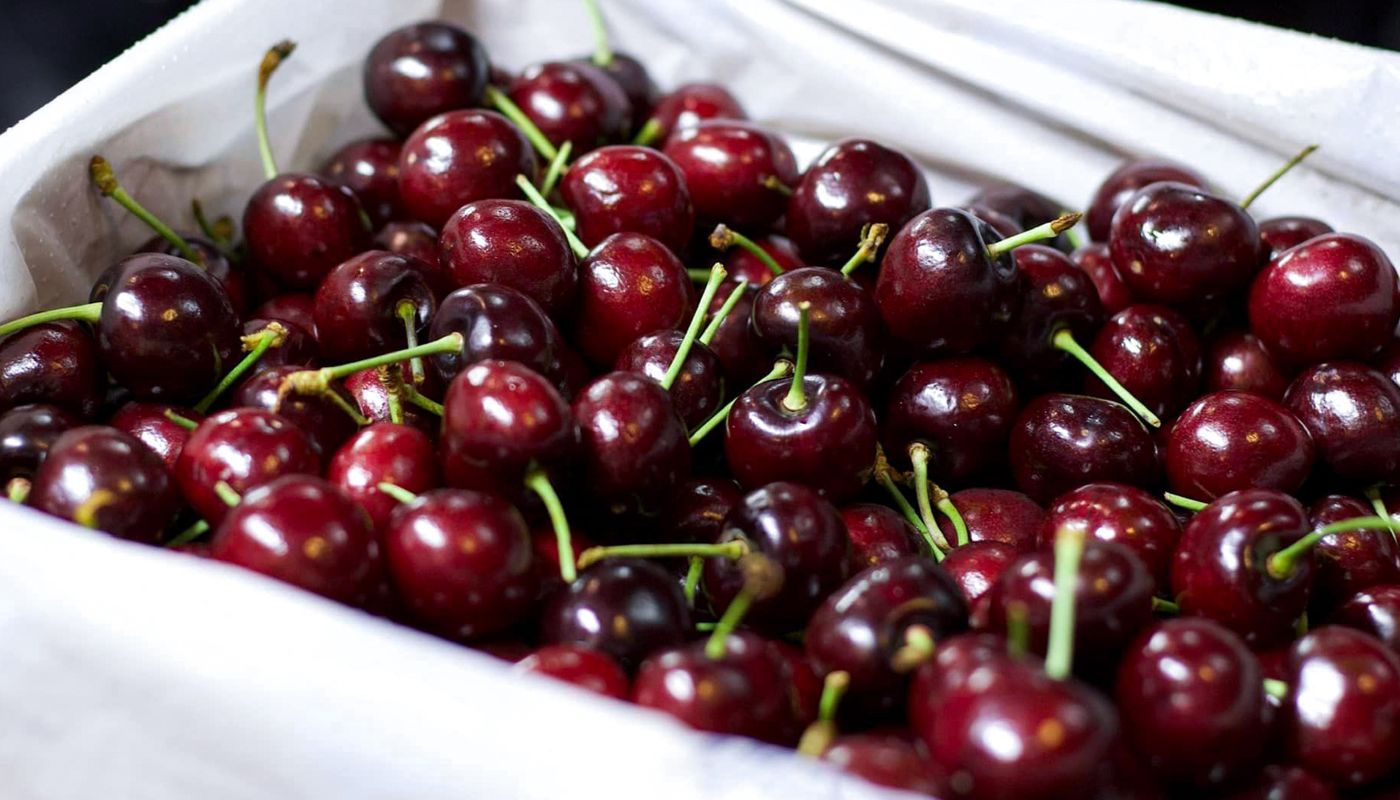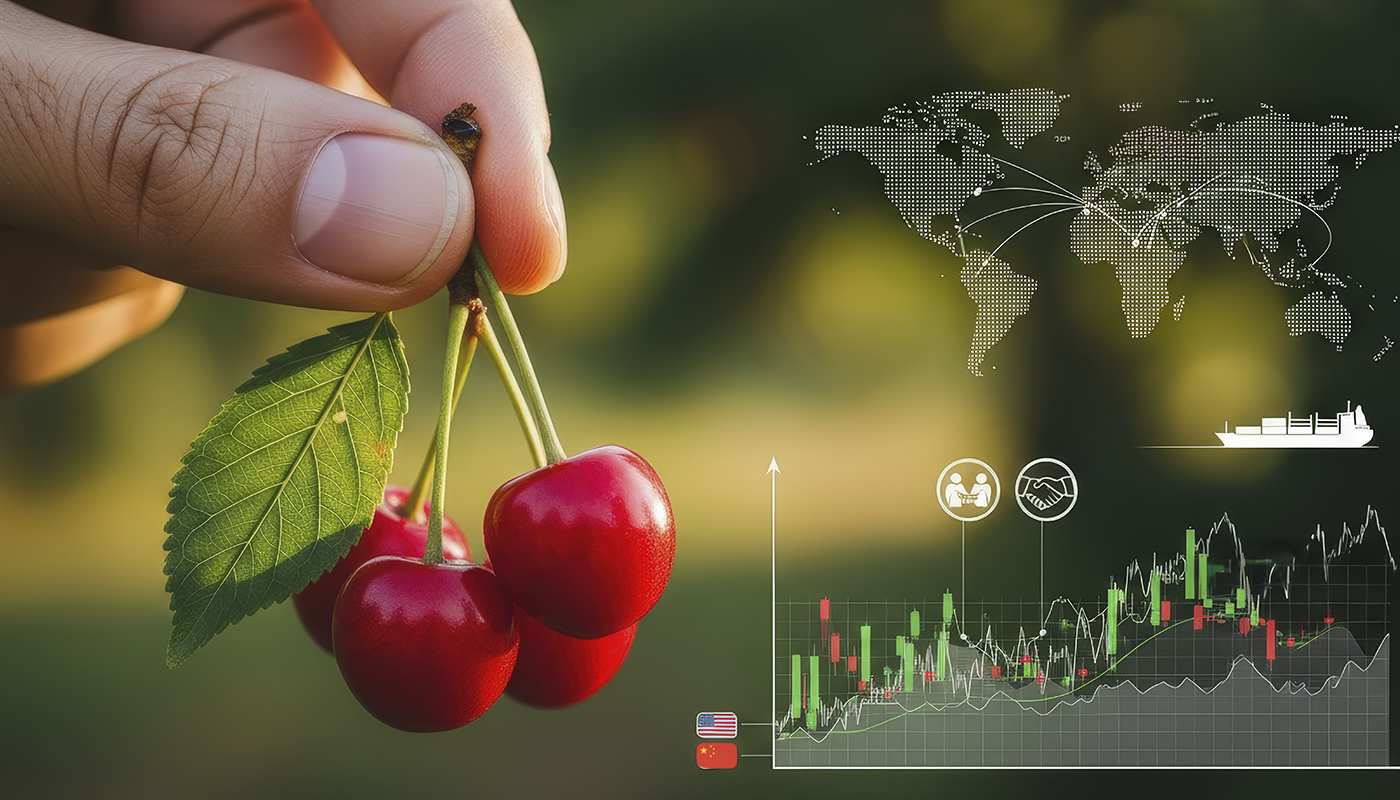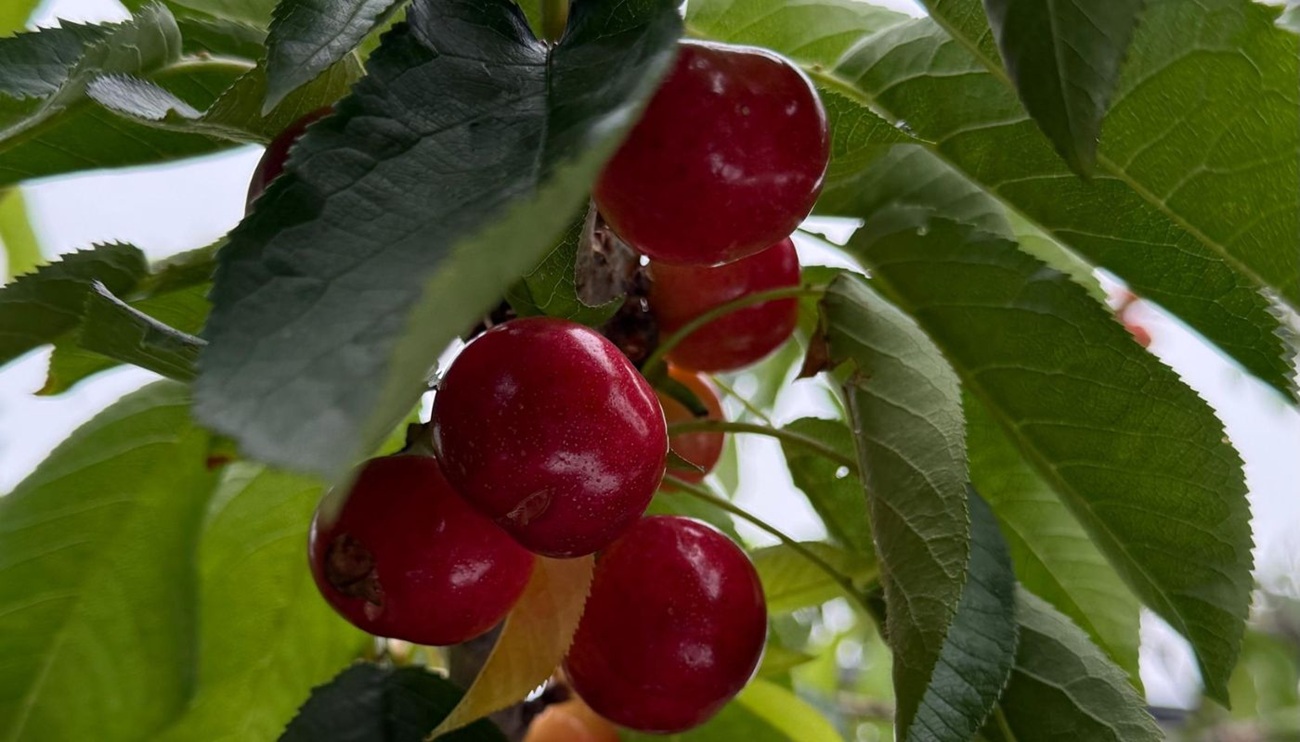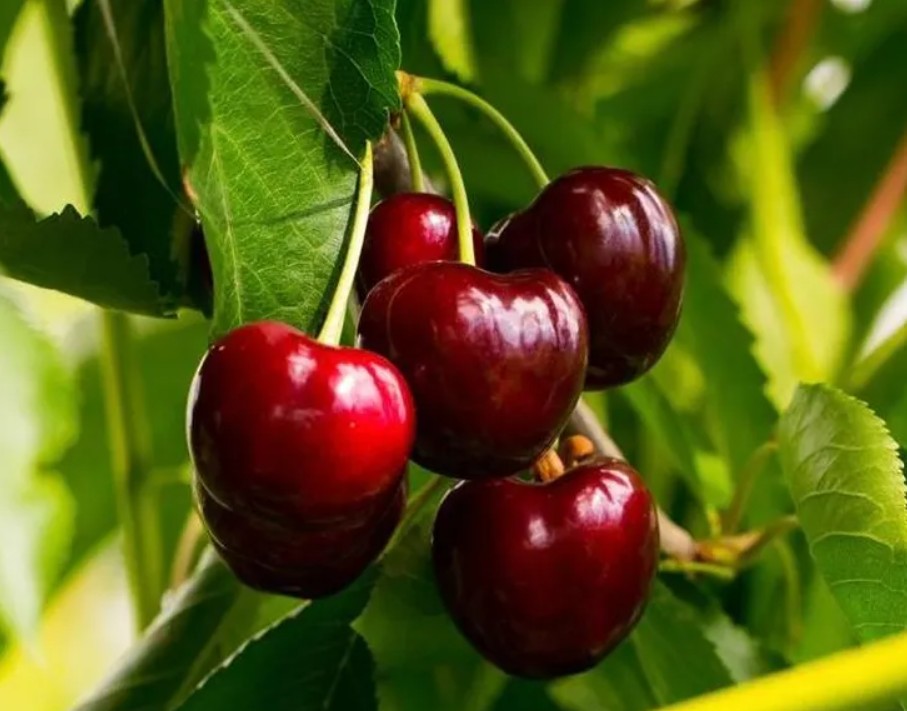Cherry production in Chile must constantly strive for firm, sweet fruit with good caliber, high resistance to splitting, and adequate postharvest management to meet the high quality standards demanded each season by the Asian market.
The past 2024-2025 season was one of learning and analysis, with 626,021 tons of red fruit exported (IQonsulting, 2025). However, this historic increase in exported fruit was driven by fruit quality that did not meet the expectations of the Chinese market. This had a significant impact on monetary returns for producers, significantly lowering historical return averages, where low calibers and poor postharvest management set the tone.
Given this scenario, as industry professionals, we must question whether the management and/or nutritional strategies implemented this season were adequate to withstand these types of problems and achieve the goal of achieving productivity, ensuring a profitable business and high quality that will allow us to maintain the cherry’s position as a quality product.

As we begin this new 2025-2026 season and with clear objectives, one factor that can impact both quality and productivity is Ca. Developments have been conducted in which Ca strategies have an impact on production, providing a tool that allows for improved caliber and overall fruit quality.
In a study conducted a couple of seasons ago by Avium’s R&D department, the background can be observed to enable us to conclude, based on objective information, the appropriate phenological timings for foliar application in the crop.
This development was carried out during the 2018-2019 and 2019-2020 seasons, where applications at higher label concentrations were proposed at different phenological stages of the crop.
Foliar applications began at early stages, such as the exposed truss, a stage where the plant’s young tissues are more permeable to nutrient influx. The trials were conducted on the Regina and Skeena varieties, grafted onto Gisela® 6, under different application schedules: label concentrations at 5 and 10 phenological stages of the species, and applications at double the label concentration in the first 5 phenological stages, starting at the exposed truss and ending at the fall of the fruit.
The results indicated that programs with applications at double the label concentration (in the first 5 phenological stages) showed better total calcium levels, associated with better structural performance of the fruits compared to “conventional” programs.
These treatments also showed a more favorable relationship with other quality parameters, such as dry matter and soluble solids, suggesting a positive effect on attributes such as firmness and sweetness.
The results showed no clear differences in firmness measurements using Durofel. The inclusion of dry matter as a complementary index showed that more intensive programs, in terms of concentration or frequency of applications, enhance calcium accumulation in the fruit.

Consequently, adjusting the application strategy according to phenological stages is key, and considering higher doses than those indicated on the label could be decisive in improving fruit quality and condition in cherry orchards.
Other developments, but focused on soil-based applications of Ca, have also shown similar results, where an increase in doses relative to those recommended on the label has an impact on the fruit.
Calcium applications in the early phenological stages were decisive in improving quality attributes in cherries. In this study, the application of two commercial CaO-based products at different doses, including concentrations higher than those recommended on the label, was evaluated on the Lapins cultivar (Colt rootstock).
Applications were made 20 days after full flower, coinciding with the onset of root growth and soil temperatures close to 14–15°C.
The results showed that, while no consistent differences in total calcium levels in fruit were observed between treatments, higher doses generated significant improvements in size distribution, fruit weight, and dry matter content.
Calcium applications at a single strategic time lead to fruit with improved postharvest condition.
In conclusion, rather than increasing the absolute concentration of Ca in the fruit, these application strategies contribute to improving orchard quality and profitability, consolidating calcium as a key element in nutritional management programs for cherry trees.









